Microsofts latest Windows 11 operating system is generally available as an update for eligible Windows 10 computers. Well, Windows 11 is a free upgrade for windows 10 but Not every existing PC running Windows 10 will be able to upgrade to Windows 11. Latest Windows 11 require Intel 8th Gen Coffee Lake or Zen 2 CPUs and up, TPM 2.0 support, 4GB of RAM, and 64GB of storage. If your windows 10 computer meets the minimum system requirement for windows 11 or when your PC is ready a big popup will appear in the windows update that initiates the download and install process.
So if you'd like to upgrade to windows 11, Here in this post we have different methods that explain how to upgrade from windows 10 to windows 11 for free. In addition to increased reliability, the supported processors increase security capabilities at the chip level. These processors provide virtualization extensions and virtualization performance improvements. Windows 11 supports virtualization-based security which enables several security capabilities, including memory integrity, also known as hypervisor-protected code integrity . HVCI disables dynamic code injection into the Windows kernel. HVCI also provides driver control and ensures that all drivers loaded meet a policy of allowed drivers set by Microsoft and the user.
The United States Department of Defense requires virtualization-based security on Windows 10 for their devices. In partnership with our OEM and silicon partners, we will be enabling VBS and HVCI on most new PCs over this next year. And we will continue to seek opportunities to expand VBS across more systems over time.
Citing security considerations, the system requirements for Windows 11 were increased over Windows 10. While the OS can be installed on unsupported processors, Microsoft does not guarantee the availability of updates. Windows 11 also drops support for 32-bit x86 CPUs and devices which use BIOS firmware. Windows 11 has higher technical requirements than Windows 10, is possible to install Windows 11 on devices that don't meet the minimum requirements. Upgrading unsupported hardware to Windows 11 will require you to install the update manually using an ISO.
There is a different set of minimum minimum requirements your PC will have to meet including 4GB of RAM, 64GB of storage space, and two-core 64-bit 1 GHz processor. If your machine doesn't support Microsoft's hardware requirements for Windows 11, you can still install the software on your computer. You'll need to use either the "Create Windows 11 Installation Media" or "Download Windows 11 Disk Image " options from the step above, since Microsoft won't let you use the Installation Assistant on unsupported hardware.
However, the company recommends you don't install the ISO onto your unsupported machine, and has warned that those who do so might not receive automatic updates. That means you'll need to install each Windows 11 update from the ISO file as they are released. Cunningham concluded that "as I've dug into and learned its ins and outs for this review, I've warmed to it more", but argued that the OS was facing similar "public perception" issues to Windows Vista and Windows 8. Original equipment manufacturers can still ship computers without a TPM 2.0 coprocessor upon Microsoft's approval.
Some third-party software may refuse to run on unsupported configurations of Windows 11. The Windows 11 requirements are harsh, but sneaking around them carries risks.It is possible to install Windows 11 without a supported CPU. As before, Microsoft doesn't recommend installing Windows 11 on a device that doesn't meet the system requirements — though you can still do so. One thing to keep in mind is you might not get updates on a PC with an unsupported processor. When Microsoft first released Windows 11 on October 4th, the company said it expected it would offer the upgrade to all eligible devices by mid-2022. Windows 11 will be available for download, once the final version releases to consumers later this year, via Windows Update on the PCs.
Much in the same way Windows 10 updates arrive right now, and you may most likely find Windows 11 in due course, listed in the optional updates list. The system firmware needs to be UEFI and Secure Boot capable, while the graphics card, whether integrated or discreet, needs to be compatible with DirectX 12 or later. Computing devices with screen sizes smaller than 9-inches and resolution less than 720p will not be compatible with Windows 11.These are the larger system requirements that need to be ticked off. As part of the minimum system requirements, Windows 11 only runs on devices with a Trusted Platform Module 2.0 security coprocessor. According to Microsoft, the TPM 2.0 coprocessor is a "critical building block" for protection against firmware and hardware attacks.
In addition, Microsoft now requires devices with Windows 11 to include virtualization-based security , hypervisor-protected code integrity , and Secure Boot built-in and enabled by default. The operating system also features hardware-enforced stack protection for supported Intel and AMD processors for protection against zero-day exploits. Windows 11 requires modern hardware to run, but if your PC has a CPU released in the last 3-4 years, you're probably in luck.
To provide enhanced security to its users, Microsoft is requiring all PCs to feature a specialized chip called a Trusted Platform Module, or TPM, of at least version 2.0. This chip is found in most modern CPUs and also many motherboards. Computers built before 2017 may not be compatible, however, so it's important to take a close look at the minimum system requirements before opting into an upgrade. Microsoft has temporarily disabled its PC Health Check tool to update it for the Windows 11 release, but it promises to advise you of any compatibility issues you may be facing ahead of the upgrade. If you are not sure your computer meets the minimum requirements, download and run the Microsoft PC health check app on your Windows 10 to determine if your device has the required hardware to upgrade to windows 11. At least 16GB of RAM The basic system requirements of Windows 11 differ significantly from Windows 10.
Windows 11 only supports 64-bit systems such as those using an x86-64 or ARM64 processor; IA-32 processors are no longer supported. Thus, Windows 11 is the first ever consumer version of Windows not to support 32-bit processors and 16-bit software . The minimum RAM and storage requirements were also increased; Windows 11 now requires at least 4GB of RAM and 64GB of storage.
S mode is only supported for the Home edition of Windows 11. The compatibility list includes the Intel Core i7-7820HQ, a seventh-generation processor used by the Surface Studio 2, although only on devices that shipped with DCH-based drivers. Windows 11 continues our strong commitment to compatibility. This means that devices can upgrade to Windows 11 and critical apps and devices will simply work. Raising the Windows 11 minimum system requirements enables us to better support apps and hardware for drivers and devices. Feedback also shows us that unsupported hardware is more likely to have older drivers that are incompatible with new OS features such as VBS.
Supported hardware also comes with modern drivers, which helps ensure not only the reliability we mentioned earlier, but also great hardware compatibility. Following the results of our testing, we are making a small number of additions to the compatible processor list , but otherwise will maintain the minimum system requirements as originally set. If there is a loophole to install Windows 11 on older hardware, it will be used.
Some companies that sell PCs will refresh the OS image to make the system seem newer without needing to update the hardware. Some people will get all the way through the upgrade or fresh installation process, only to discover they'll no longer get security updates and must now unwind the OS installation or fall back to Windows 10. It would be better for Microsoft to kill the unofficial loophole altogether than to allow Windows 11 installation but block security updates. The entire PC market has been trained to expect each new version of Windows to be at least as secure as the previous version. Furthermore, we know there's nothing so catastrophically wrong with Windows 10 that would force Microsoft to rush a new operating system to market because the company is going to support Windows 10 for almost four more years.
First, Microsoft announced it was standing mostly firm on its PC hardware requirements for Windows 10. The company also updated its PC Health Check app to deliver more information on whether your system is qualified to install Windows 11. Although Microsoft has already revealed a walkaround to bypass the TPM 2.0 and processor requirements, the company has also warned users against installing the operating system on unsupported devices.
Windows 11 brings a number of enhancements to Windows users, including a new look, multitasking enhancements, improved gaming performance, Android app support, and more. Aesthetically, it will have a new, frosted glass look, and a reworked start menu, now known as the Dock, optimized for touch input on the latest devices. Users will be able to rearrange windows into new arrangements, like a 4x4 grid, using Snap Layouts that can then be saved into Snap Groups and recalled later. The desktop will also be enhanced with the addition of Windows Widgets, an AI-driven feed of updates based on your interests and daily tasks, including daily calendar updates, traffic, weather, sports, and more.
Users can download the Windows 11 ISO, which is the official disk image released by Microsoft that can be burned to a DVD or, more popularly, used to create a bootable thumb drive that can be used to install Windows 11. After creating one using the image downloaded from the Windows 11 installation media site, users can install Windows 11 manually on their PC. However, it is worth noting that users will not be eligible to receive Windows Updates if they take this route, and will probably have to manually install Windows updates using the ISO method in the future. Microsoft recommends only installing Windows 11 after its PC Health Check check gives your system a pass, and that requires it to support TPM 2.0 and a strict list of compatible processors. But if your PC doesn't meet the criteria, Microsoft has identified two ways to bypass some of those hard checks—though you may not be entitled to Windows updates if you do so, including critical security updates.
Tread with caution, especially since we recommend most people skip Windows 11 for now anyway. Internet Explorer has been replaced by the Chromium-based Microsoft Edge as the default web browser, and Microsoft Teams is integrated into the Windows shell. Microsoft also announced plans to allow more flexibility in software that can be distributed via Microsoft Store, and to support Android apps on Windows 11 . For those who are using a PC that won't upgrade, and who aren't ready to transition to a new device, Windows 10 is the right choice. We will support Windows 10 through October 14, 2025 and we recently announced that the next feature update to Windows 10 is coming later this year.
Whatever you decide, we are committed to supporting you and offering choice in your computing journey. If you want to see the full Windows 11 minimum system requirements, you can visit this page. ISO files are disk images that are used to install operating systems. You can download the Windows 11 ISO from the Microsoft website and use it to perform an in-place upgrade. To do so, you're going to need a USB to create a bootable USB installation drive. Alternatively, if you don't have a usable USB, you can virtually mount the ISO using a tool like DAEMON Tools Lite.
Microsoft has yet released an official statement regarding the pricing of Windows, or whether it will be a free upgrade like the previous versions were free updates for license holders. However, as per an article by Android Authority, Windows 11 will most likely be a free upgrade for individuals using Windows 10 or Windows 8 with valid licenses. The Windows 11 free upgrade will be installed onto your computer/laptop just like any other Windows update, without any hassle or manual updation required. The article by Android Authority also states that all of your personal user data and settings will be preserved in the update and will be applied to the Windows 11 update. Windows 11 download will be available once Microsoft released the update publicly. Windows 11 has arrived, with Microsoft's latest update showing up on users' computers and laptops today.
The free upgrade to Windows 10 which is now available for users who have compatible hardware, will offer a stable and secure experience for users who opt for a Windows 11 update. However, millions of PCs around the world will not be able to run Windows 11, due to the stringent new hardware requirements that include newer processors from Intel, AMD and Qualcomm. Importantly, if you're one of the many users who has seen the message informing you that your PC is not compatible with Windows 11, you still have a few options left.
Warren noted that he rarely used the Widgets panel or Microsoft Teams, citing that he preferred the weather display that later versions of Windows 10 offered, and didn't use Teams to communicate with his friends and family. He also acknowledged the expansion of Microsoft Store to include more "traditional" desktop applications. With its machine learning technology, Microsoft has determined further devices on which the Windows 11 update prompt should now appear automatically. The Redmond-based software company has not revealed any additional information on which exact PC configurations are included in this third group.
However, manually triggering the Windows 11 update, which is how many tech enthusiasts probably installed Windows 11 in the past weeks, is no longer necessary on these PCs. Users can simply check the regular Windows Update application in order to verify whether the Windows 11 upgrade is ready to download on their respective device. Microsoft isn't saying that older processors won't be able to run Windows 11, just that it won't support the systems officially. I've been using it on my free VMWare Workstation sans the TPM option, since the first build was leaked.
Recent insider builds however blocked the installation due to the TPM check, but I bypassed this requirement quite easily. Microsoft makes it easy for you to opt into beta testing, but not as easy to opt out. Complicating matters somewhat, if your computer meets the Windows 11 hardware requirements, you might additionally see that OS as available for installation in Windows Update. If you did all this correctly and you meet the other Windows 11 hardware requirements, the Windows 11 Installation Assistant should now skip the TPM 2.0 check when you run the upgrade. You'll be given a choice to perform a Full Upgrade, Keep Data Only, or Clean Install. A Full Upgrade keeps apps, settings and files; Keep Data Only keeps personal files as well as drivers.
A Clean Install nukes the Windows 10 install entirely and replaces it with Windows 11. Click on the download and install button to start the windows 11 download process. It take some time to download and install windows 11 update files from the Microsoft server, depend on internet speed. As per Microsoft official, to install windows 11 on your computer you need a 64-bit processor with at least two cores and 1GHz clock speed or faster. That means Intel 8th generation or new CPU and AMD Zen 2 CPUs or higher are supported.
In addition to the newer processor, Windows 11 requires TPM, Secure Boot, 4GB of memory, 64GB of storage, and graphics requirements. A redesigned user interface is present frequently throughout the operating system, building upon Fluent Design System; translucency, shadows, a new color palette, and rounded geometry are prevalent throughout the UI. While not wanting to undermine that message, Microsoft also knows that it has users who will still want to try Windows 11 on older hardware—not least IT administrators with an office full of aging machines. With that in mind, the company told The Verge that users can install Windows 11 on unsupported devices if they want to, although this won't be mentioned in any official way. What's more, Microsoft is being non-committal about how many updates they will provide for Windows 11 on older PCs.
It is very odd to see Microsoft talking about improving the security of its new operating system while simultaneously leaving itself the option to block security updates to any group of customers. One of the most basic rules of security is that a system is only as strong as its weakest link. Allowing enthusiasts to install Windows 11 while making it impossible to use in a secure fashion is not a nod to the enthusiast community.
It's not an effective or acceptable compromise and it will not be perceived as any kind of good faith option. It would also be the first time that Microsoft ever created an upgrade path that was deliberately, consciously less secure than the OS before it. That's not a line any company should cross, ever, under any circumstances. Not receiving Windows feature updates is no penalty at all and manually handling driver updates is not an issue, either. It might be mildly annoying for some people, but that's it. The idea of Microsoft refusing security updates, however, is unprecedented.
When the company blocked new systems from installing Windows 7 it could point to the fact that it had launched not one, but two new operating systems since Windows 7, with significant built-in security advantages. We're not declaring that a fabulous argument, but it was a pro-consumer argument. It's still worth familiarising yourself with the new UI, including the symbol buttons that replace key options in Explorer's context menus. To assure we are all on the same page, the following procedure will update an existing unsupported Windows 10 PC to Windows 11. On qualifying hardware, this upgrade is performed automatically as part of the standard security update process.
On hardware failing to meet the requirements, the installation must be performed manually. To put it precisely, if your PC or laptop has a 7th Gen Intel Core or AMD Zen 1 processor and meets other hardware requirements, it will run the Windows 11 preview build. The stable build of Windows 11 will, however, not support these two CPU families, according to what Microsoft has necessitated at this moment. But Microsoft may change its stance at the time of release depending on the feedback that it will get on the Windows 11 preview build. The move surprised users, especially those with newer machines that found out the Windows 11 upgrade isn't possible.

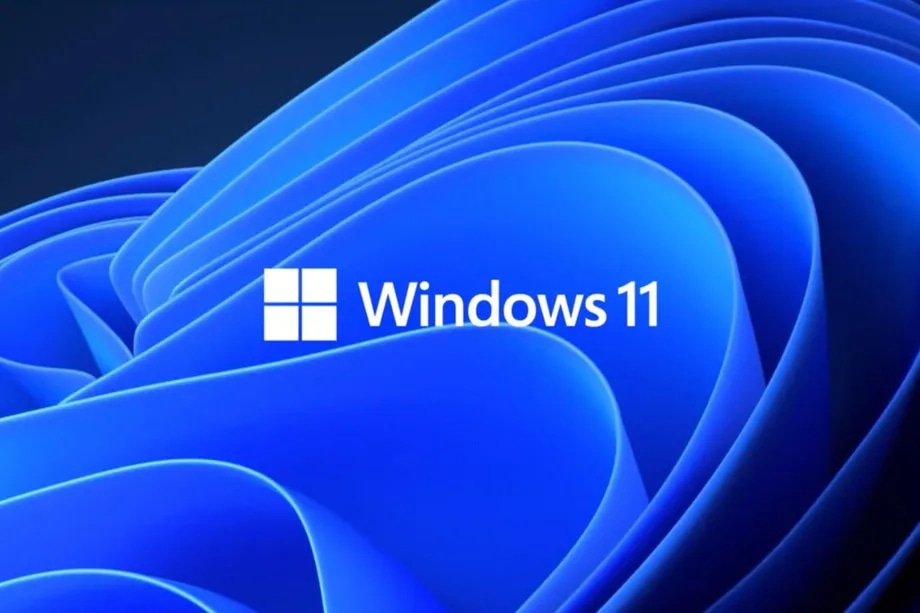

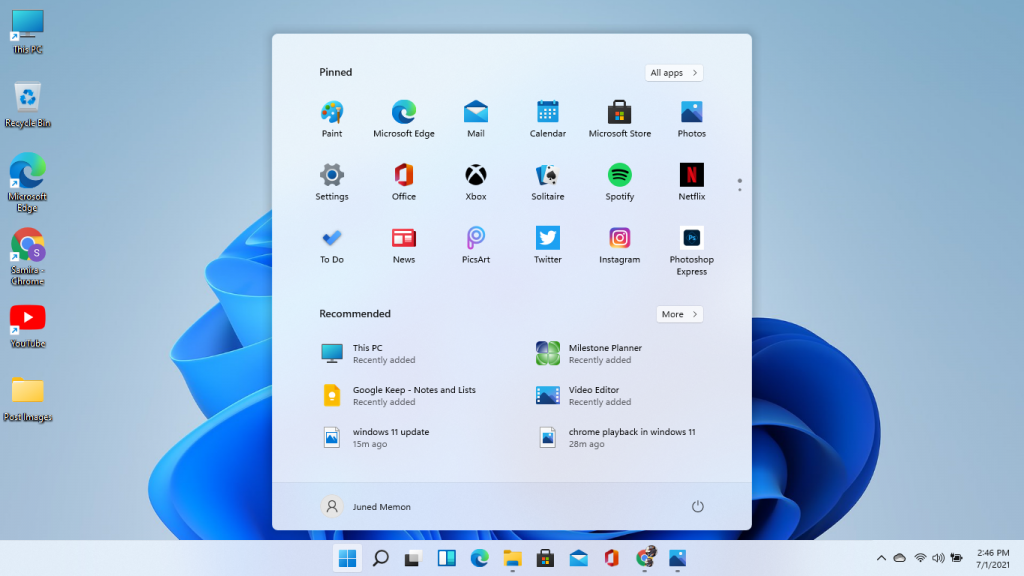





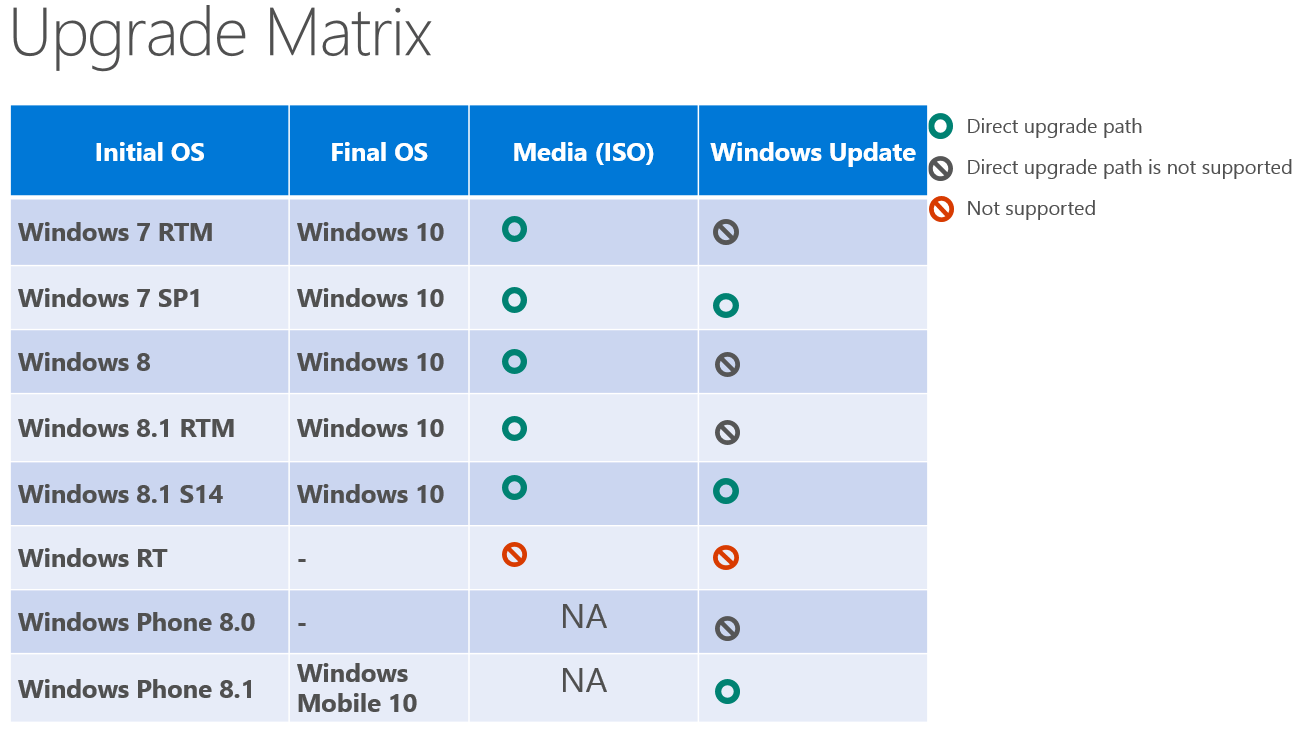




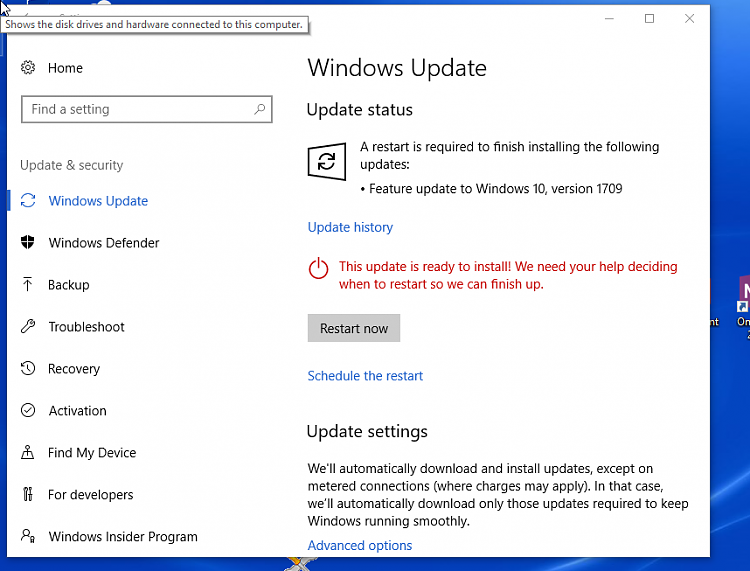










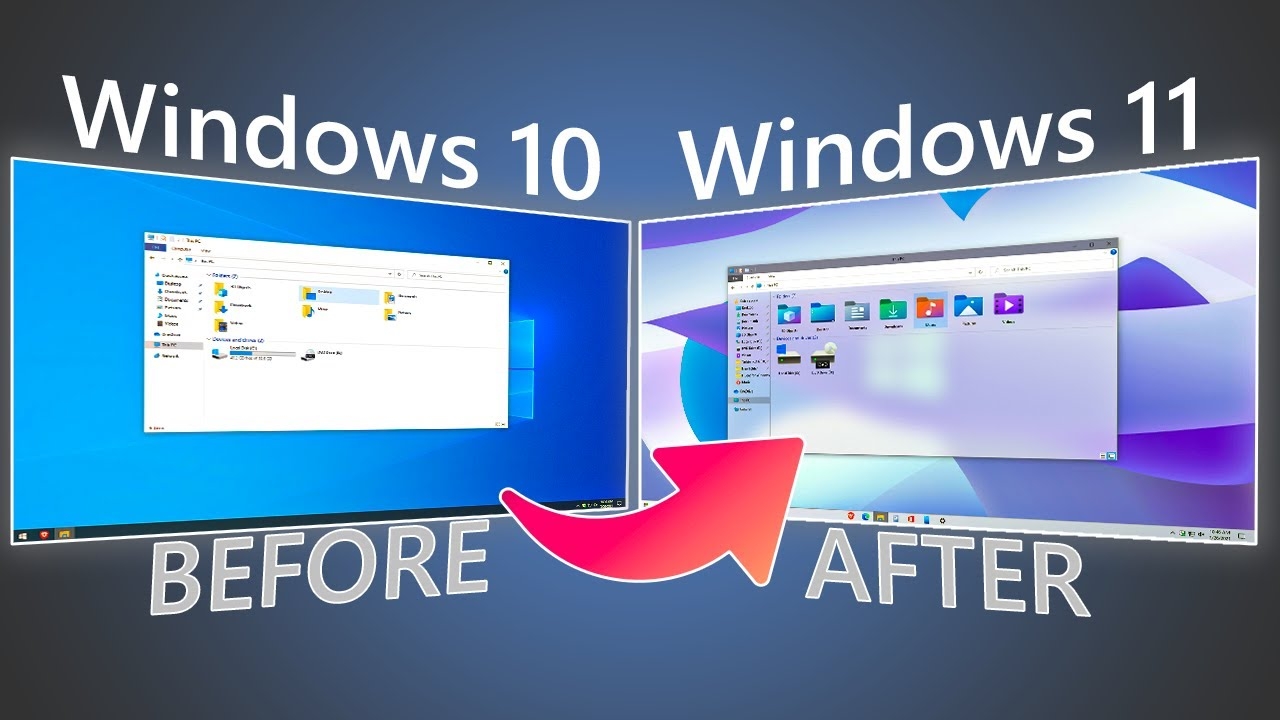
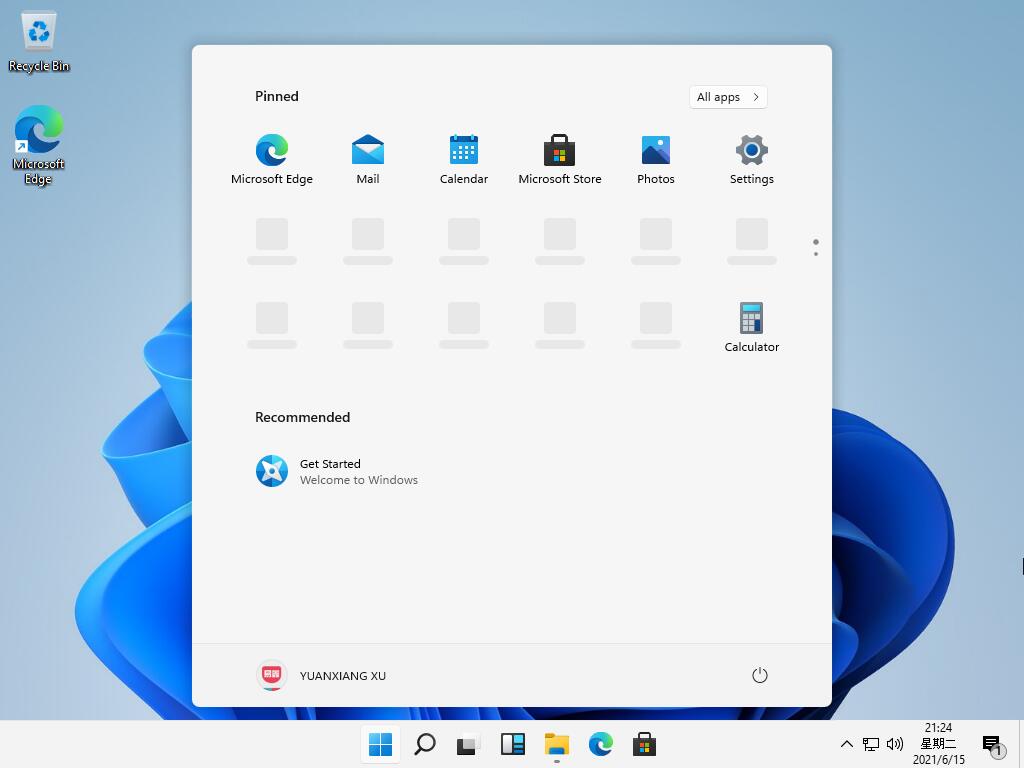


No comments:
Post a Comment
Note: Only a member of this blog may post a comment.